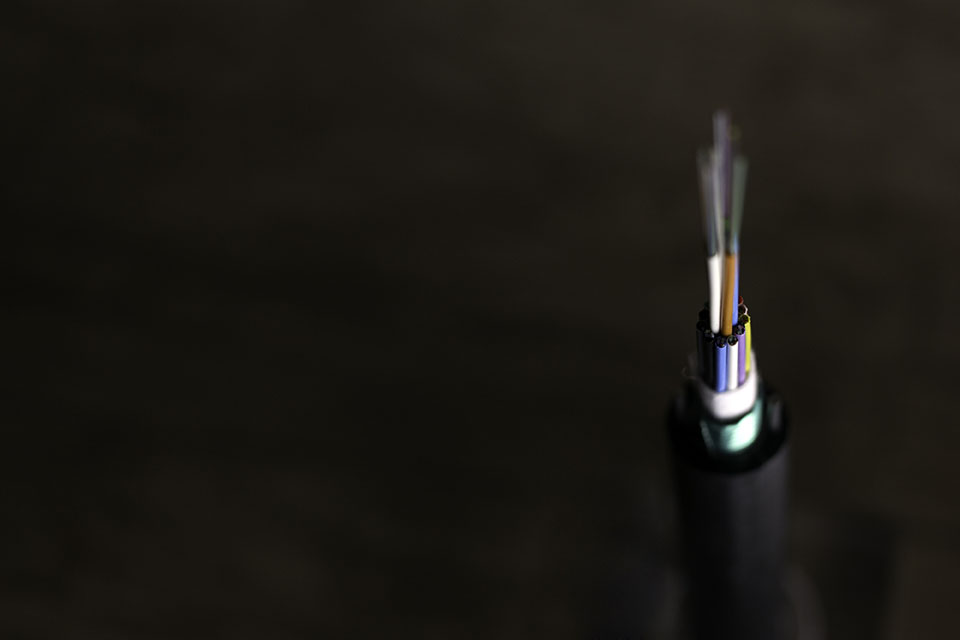Coating Systems has provided professional, expert coating and lubrication solutions across different industries for 40 years. In that time, we’ve developed a deep understanding of finding the right material for the right job, and in how to work proactively with our clients to make sure that they can begin quickly and efficiently with everything they need. Through the huge variety of options we can offer in – from ETFE to Xylan – and the different methods that can provide – like dip-spin coating and sandblasting – we seek to provide a solution for every problem when it comes to coating.
In our blog, we want to offer you the opportunity to learn a little more about some of the products and services that we can provide. By looking into the history, uses, and commonly asked questions about both coating materials and how they can be applied, we seek to give you a firm foundation to get started.
This is ideal for anyone new to industrial coating and related applications, or if you’d just like to learn more. In this blog, we’ll be looking at ETFE and the differences between it and FEP. This way, you can be better informed to make the right decision.
What Is ETFE?
ETFE is a thermoplastic copolymer coating. A thermoplastic is a substance that becomes a solid plastic when exposed to a certain temperature – heating will form a malleable plastic, while cooling will result in its setting as a solid.
A copolymer is a material made by combining monomers – small molecules – of different types. ETFE offers mechanical strength, resistance to abrasion and stiffness that makes it ideal for industrial uses that require a durable coating.
Related Post: Coating Systems: The Perfect Coating for Your Pistons
This strength makes it an ideal choice for higher-impact applications, and it also has the ability to maintain its integrity at extremely high (300F) to extremely low (-150F) temperatures, making it ideally suited for chemical processing.
What Is FEP?
FEP is different, as it is a fluoropolymer – a polymer created from combining carbon and fluorine. FEP offers similar benefits in chemical and heat resistance to ETFE, but also has the benefit of melt processing when used in injection or extrusion molding. This, combined with its electrical properties and durability, make it an ideal form of coating for wires and components used in chemical processing.
Which Is Better Suited?
Which is better? Both are made through different processes but serve similar purposes. So, depending on your specific requirements, either one could suit your needs. Both offer benefits for wire insulation, chemical processes, durability needs and more.
Related Post: Coating Systems Looks at Benefits of FEP Coating
However, if the temperature resistance, both high or low, is the most important factor for you, then ETFE might be your preferred option. It exceeds the temperature resistance of FEP, making it the best choice for applications more like to produce intense high or low temperatures.
ETFE and Coating Systems Expertise
Remember that, although detailed, this blog cannot offer you everything you need in assessing which coating is best suited for your needs. This is just for general information and interest, and certain aspects of what you need will vary.
It’s always best to talk to the experts, which is why you should contact Coating Systems to discuss your options. We will work closely with you to determine the best products and processes for your project, and share the benefits of 40 years of industrial coating experience with you.


